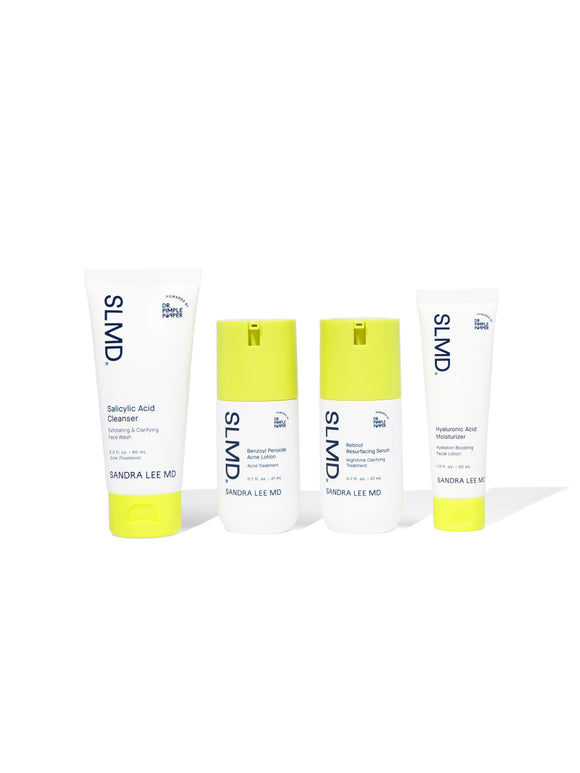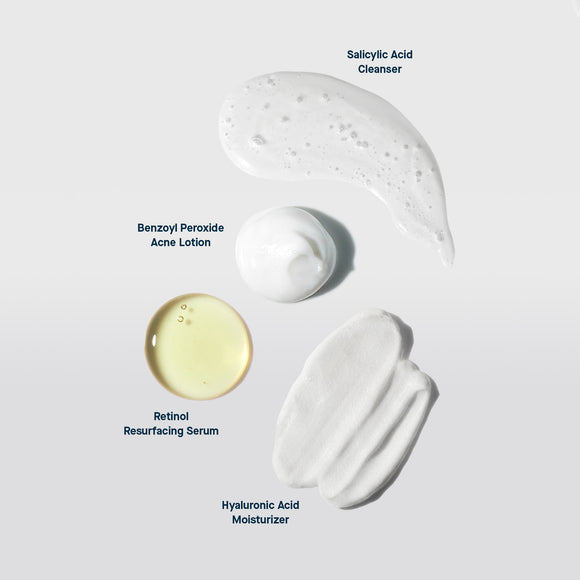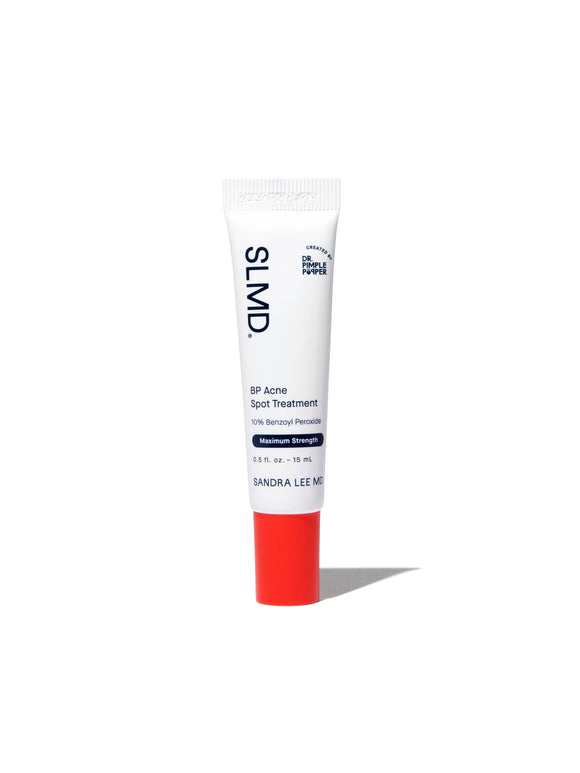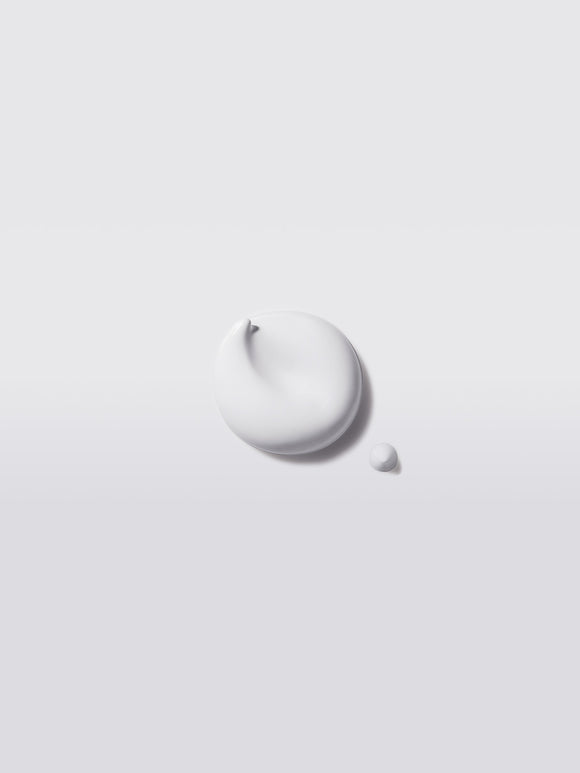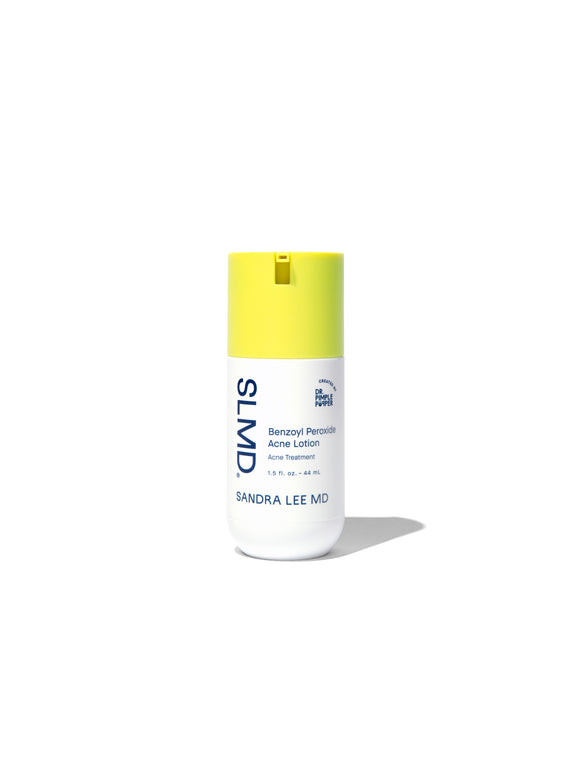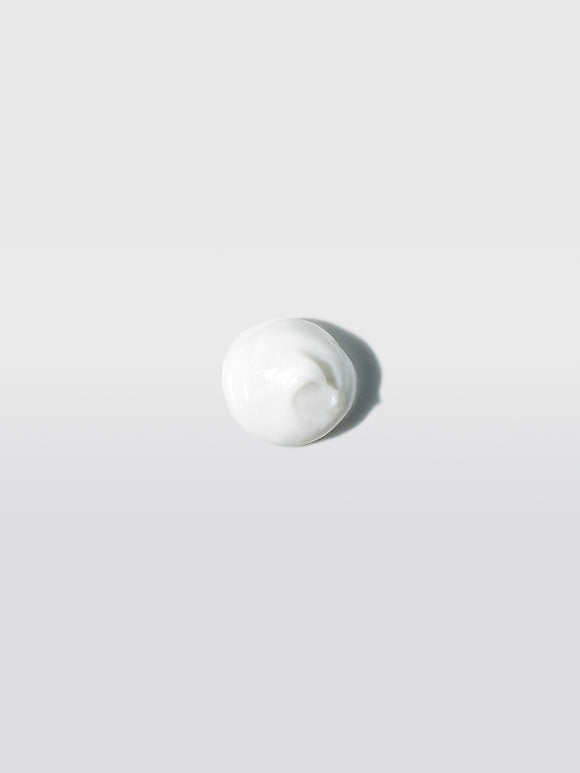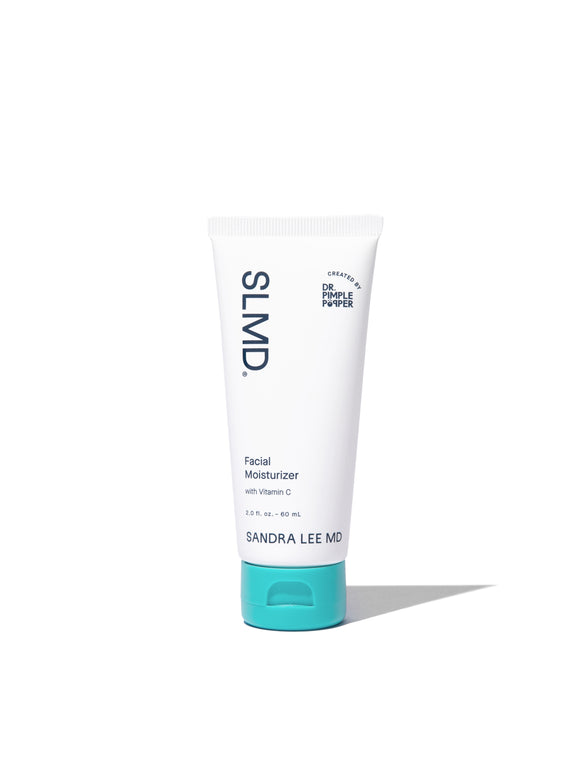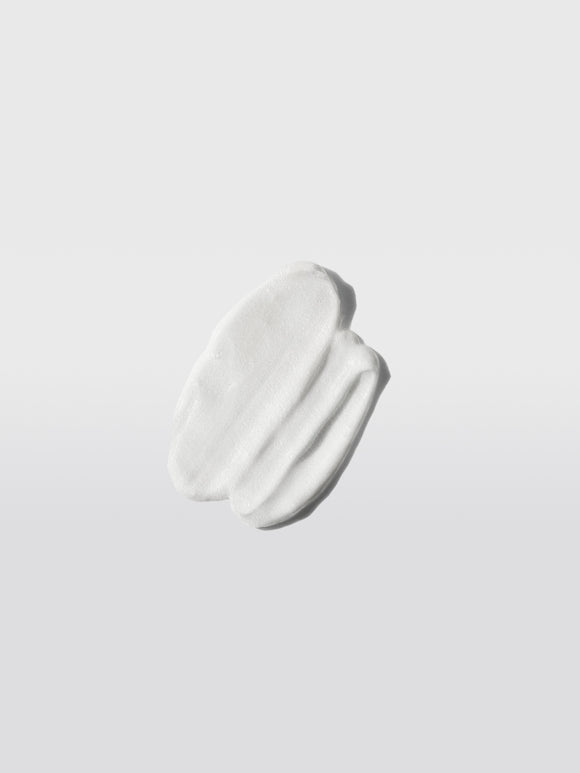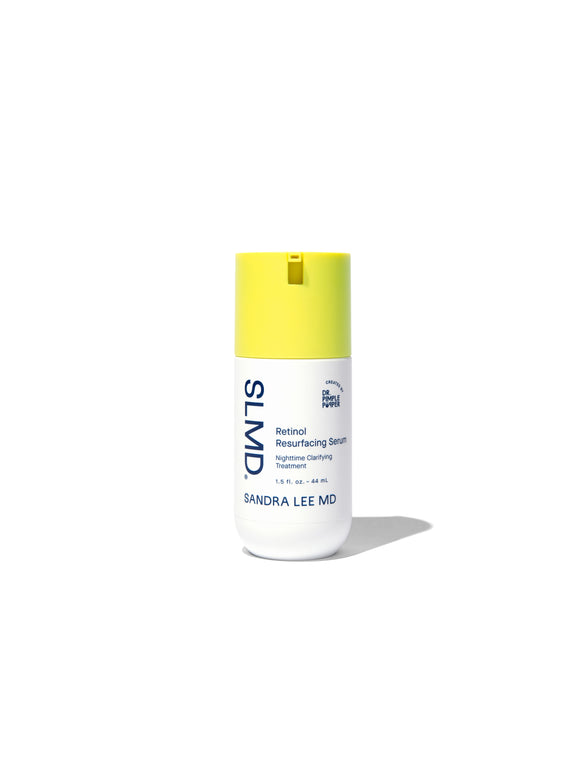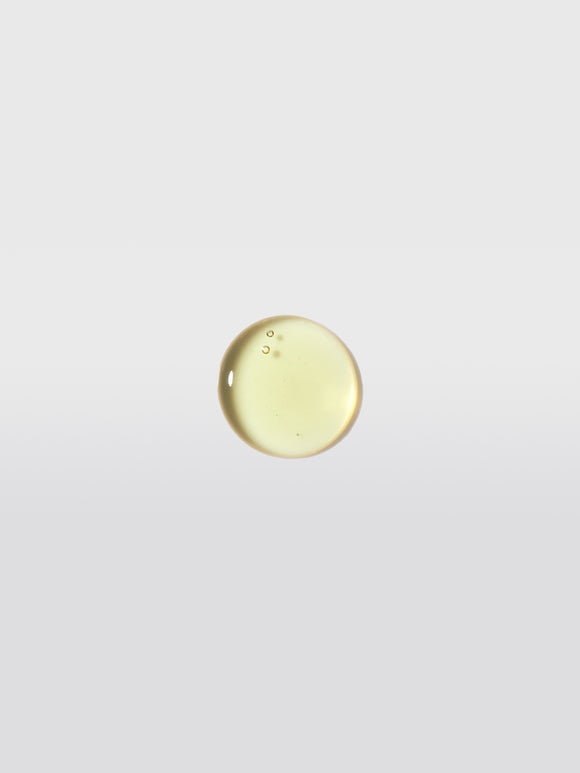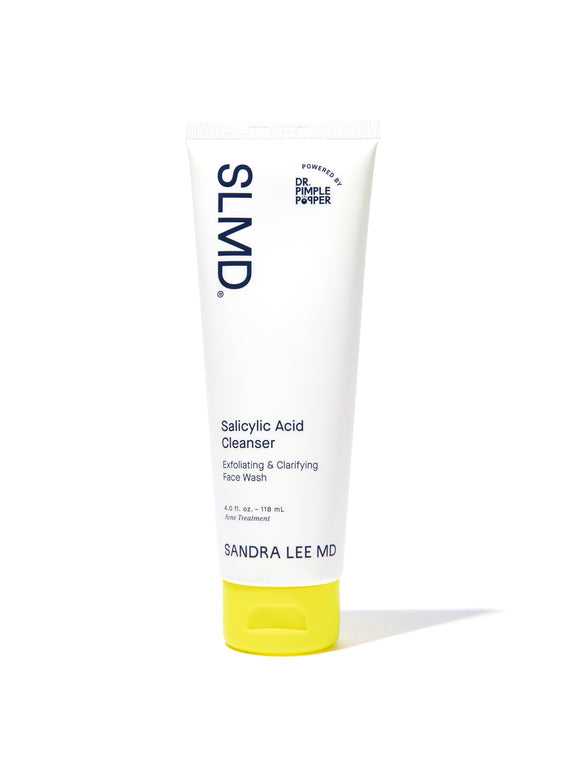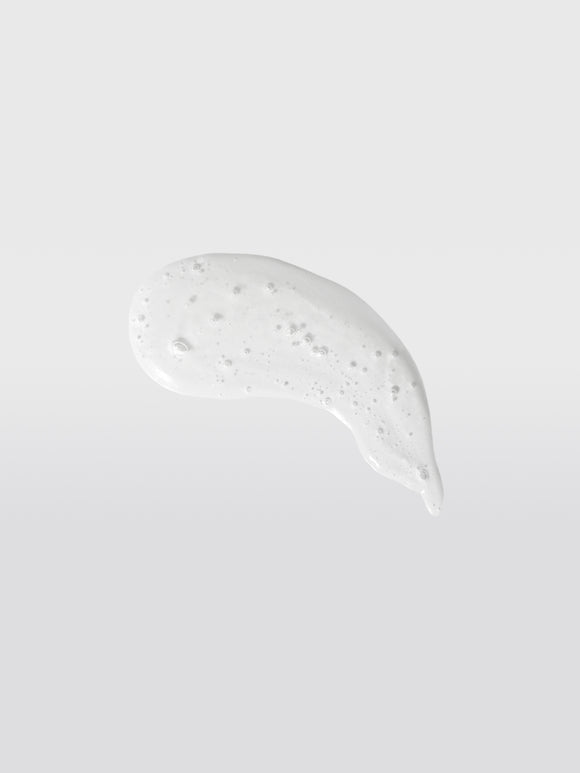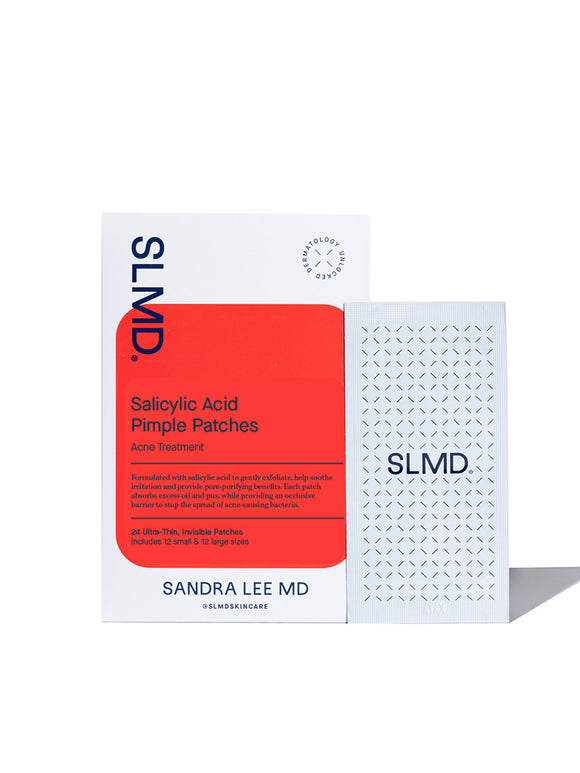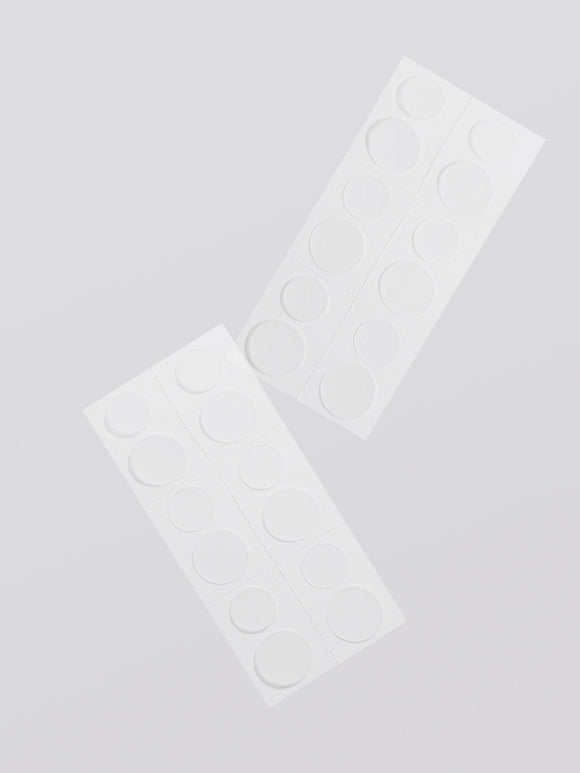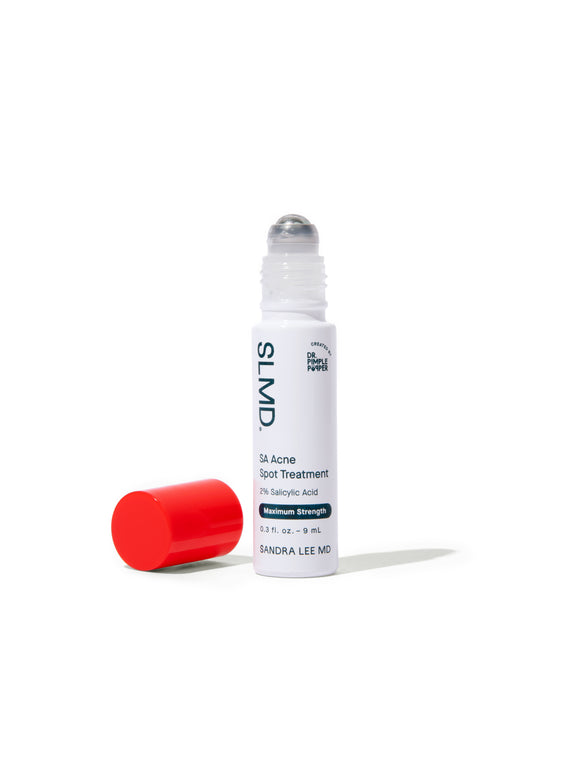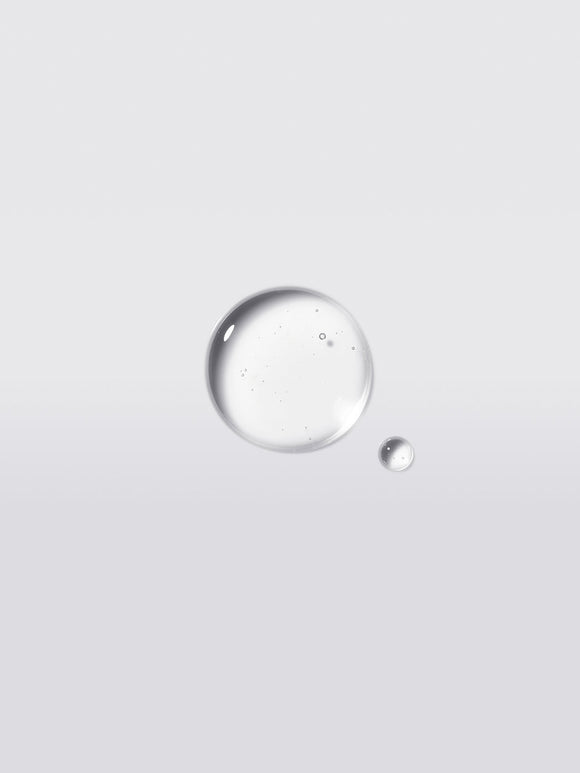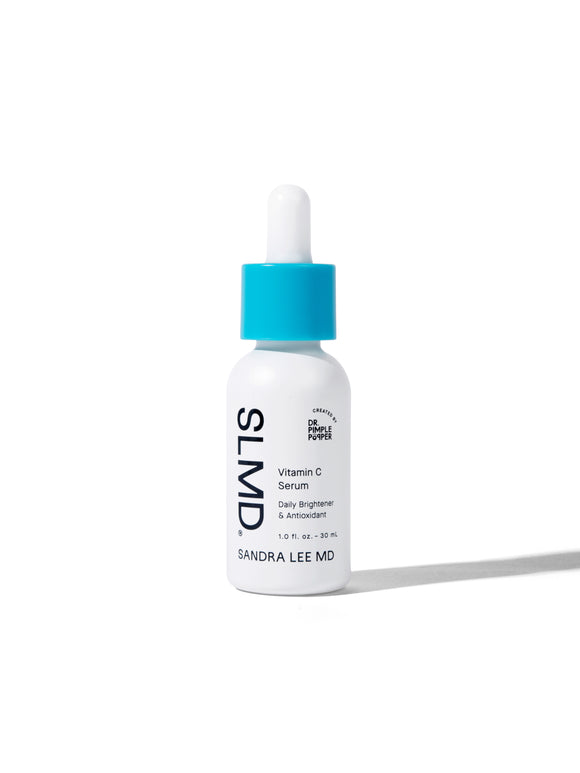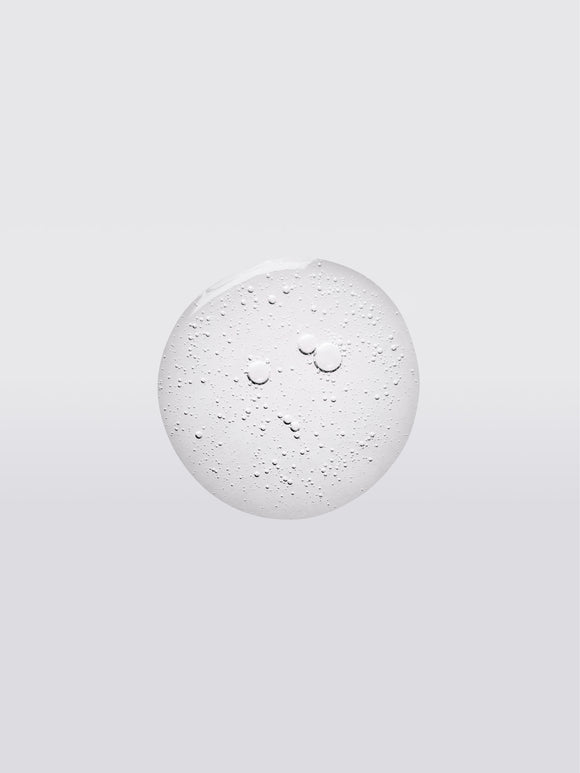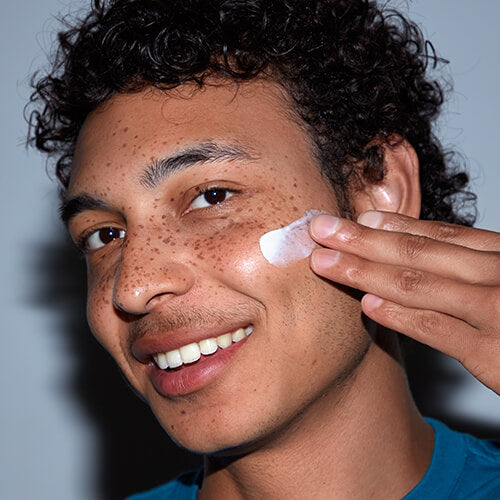
How to Layer Skincare: Oily & Acne-Prone Skin
Layering skincare can be confusing, especially when you’re trying to manage a specific skin condition like acne. So we’re breaking down exactly how to layer your skincare if you have oily or acne-prone skin. Dr. Pimple Popper (aka Dr. Sandra Lee) shares her advice for introducing products into your acne routine.
Published:
7 minute read
Layering skincare can be confusing. That’s why we’ve gone over the details step-by-step for you here. In a nutshell, you start with the products that have the lightest consistencies, and move to those that are the thickest. But while general guidelines are great, what happens when you’re trying to manage a specific skin condition — or even just an individual skin type?
To tackle this issue and provide more tailored advice, we’re breaking down exactly how to layer your skincare, based on your skin’s unique needs. First up: how to combine skincare products for oily and acne-prone skin. Read on to hear advice from Dr. Pimple Popper (aka Dr. Sandra Lee) about how to handle breakouts using acne-specific skincare, followed by advice on how you can introduce additional products to manage other concerns, too.
Article Quick Links
Layering skincare to treat active acne
According to Dr. Lee, active acne is best treated with a carefully-formulated combination of potent ingredients, used in a specific way. At the most fundamental level, says Dr. Lee, you can think of it as a cleanse, treat, moisturize approach. Here are the highlights, organized by the primary products she recommends — followed by some additional skincare to try, and how to layer it into your routine.
It’s important to remember that the more products you add into your skincare regimen, the higher the risk of experiencing irritation. Always start slowly, reminds Dr. Lee, and listen to your skin. If you experience redness, dryness, peeling, or burning, dial back your potent treatment(s).
Keep in mind that some mild sensitivity is common (especially when starting retinoids) and that sometimes, breakouts get worse before they get better (that’s called purging).
How to layer your essential acne products
Cleanse AM/PM
This step removes harmful impurities and preps your skin for treatment products. Dr. Lee recommends salicylic acid, an oil-soluble exfoliant, because it can penetrate into pores to break up the sebum and debris that leads to active acne.
Treat AM
Morning is the ideal time to deliver acne-fighting ingredients to the skin. Dr. Lee suggests ingredients that act directly on acne-causing bacteria, including benzoyl peroxide or sulfur (for those sensitive to BP).
Treat PM
Dr. Lee highly recommends adding retinol to your acne routine. Though perhaps best known for its well-aging properties, retinoids were originally approved to treat acne. Use at night, since it breaks down in sunlight. If you have sensitive skin, avoid using retinol, and use your sulfur acne treatment at night instead.
Moisturize AM/PM
People with oily/acne-prone skin tend to skip this step, says Dr. Lee, but it’s essential. Acne treatments can be drying, so keeping skin balanced with a boost of lightweight moisture will help prevent further irritation. In the morning, apply sunscreen after your moisturizer, or use a combination moisturizer/sunscreen product.
SLMD skincare to try:
- Acne System (Salicylic Acid Cleanser, Benzoyl Peroxide Acne Lotion, Retinol Resurfacing Serum, Facial Moisturizer)
- Dual Defender SPF 30
How to layer additional products in your acne routine
Here are some additional products (in bold) that you can safely incorporate into the acne routine described above, and where to layer them in. Remember to start slowly, and follow the directions on the packaging — not all of these add-on products are meant to be used everyday.
Exfoliate AM
If you’re using a face wash that’s formulated with a chemical exfoliant, you might not need additional exfoliation. But if your skin is very oily, and/or your pores are still looking clogged, try incorporating a toner or a treatment pad that contains either an alpha or beta hydroxy acid.
If your cleanser is formulated with BHA, try adding AHA (like glycolic or lactic acid), and vice versa. Go slow with chemical exfoliants, and watch out for irritation — a sign that you’re over-exfoliating.
Spot Treat AM/PM
Typically, spot treatments are formulated with higher concentrations of the most common anti-acne actives: salicylic acid (for blackheads and whiteheads) and benzoyl peroxide (for inflammatory acne). They’re ideal for dabbing on individual pimples, but are not a substitute for using as a whole-face acne treatment product (they’re too strong).
Watch out for irritation when using spot treatments in conjunction with acne lotion and retinoids: if your skin isn’t tolerating all those actives, apply the spot treatment to your pimple, and avoid that area when you're layering on the rest of your skincare products.
Treatment mask PM
Not all acne treatment masks are created equal: many of them are excessively drying, which can cause your sebaceous glands to start producing even more oil (more oil = more breakouts). Dr. Lee suggests using a mask that contains not only acne-fighters like sulfur, but also soothing ingredients that are non comedogenic (like zinc oxide).
Starting slowly with mask treatments — once a week, working up to 3 times weekly, max — can give you an idea of what’s best for your skin. Don’t leave masks on for too long: rinse off according to the directions to avoid irritation.
SLMD skincare to try:
Layering skincare to treat post-acne or oily skin
Once your acne has substantially cleared up, Dr. Lee recommends switching to a maintenance routine, once again based on the cleanse, treat, moisturize idea. This routine is very similar to the active acne routine, minus the benzoyl peroxide or sulfur acne treatment products.
If you have additional skincare goals, like preventing premature aging, or minimizing dark spots, for example, now is the time to incorporate some of those targeted solutions — here’s how.
How to layer your post-acne/oily skin products
Cleanse AM/PM
Again, Dr. Lee favors formulas containing salicylic acid, to help keep pores clear, as well as to help minimize post-inflammatory hyperpigmentation.
Exfoliate AM
This is where you can add in an alpha or beta hydroxy acid toner or pre-soaked pad, but skip this step if you're using a toner that also contains a chemical exfoliant.
Tone AM/PM
While toner isn’t essential to a skincare routine, it does perform important functions, like balancing skin’s pH levels and delivering active ingredients prior to treatments. This is a good opportunity to sneak in some skin brightening ingredients, says Dr. Lee, like antioxidants to help guard against environmental damage.
Spot Treat AM/PM
If you’ve got acne-prone skin, it’s inevitable that pimples will pop up from time to time. If you’re using a host of other treatment products in your routine, it’s best to apply your spot treatment immediately after cleansing, and avoid that area when you’re putting on your other targeted solutions.
Treat AM
Morning is an ideal time to add a potent antioxidant like vitamin C into your regimen, which will help boost skin’s defenses against free radical damage — including UV radiation, the #1 cause of premature aging.
Treat AM/PM
If you’re concerned about dark spots (from aging or from healing pimples), try adding antioxidants known for minimizing the look of hyperpigmentation, like kojic acid. While it’s generally OK to combine a vitamin C product with a dark spot treatment, just use caution and watch carefully to see how your skin reacts. Many hyperpigmentation products already contain vitamin C, so check your labels.
Treat PM
If you’re trying to manage acne-prone/oily skin, along with other skin concerns like aging and dark spots, retinol is key. If you’re also applying a targeted dark spot solution right before, keep an eye out for signs of irritation and try alternating these products every other night instead.
Moisturize AM/PM
Again, don’t skip this step, and definitely don’t forget the sunscreen in the morning — or your antioxidant treatments may lose potency.
SLMD skincare to try:
- After Acne (Salicylic Acid Cleanser, Retinol Resurfacing Serum, Dual Defender SPF 30)
- AHA/BHA Swipes
- All Bright Niacinamide Brightening Toner
- Salicylic Acid Spot Treatment
- BP Acne Spot Treatment
- Salicylic Acid Pimple Patches
- Vitamin C Serum
- Dark Spot Fix
- Facial Moisturizer
Dr. Lee’s last word
People ask me all the time about what products they should be using in their routine, and what order they’re supposed to use them in. With so many formulas out there, I wanted to create an acne regimen that was both effective and really easy to follow. Start with my SLMD Acne System, and when your acne clears, maintain your healthy skin with my After Acne kit. From there, you can add in products to manage any other skin concerns.
—Dr. Sandra Lee



